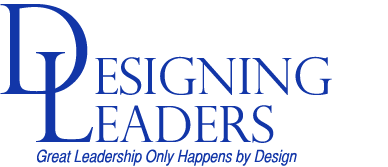Within creative firms it is easy to always keep looking for the next new thing. After all, isn’t that what sells? Don’t your clients want something nobody else has? You hire creative people because they can bring you something unique, right?
Well…sort of.
You should be careful about always aiming for something new, because you might not have gotten all you can out of what already exists. “Can’t I do both?,” you ask. Maybe. But you have a finite amount of resources to devote to work, and you may not be able to fully make use of what you have AND strive for something new. Once you create something new, see what you can make of it before abandoning it in favor of the next new thing.
A simple way to take advantage of what you have is to broaden your customer base. In a small company, you might be responsible for this as well as for leading the creative element, so you may need to devote more time to marketing and sales once you have a well-developed product or service. In larger firms with a separate sales department, you need to develop a good working relationship with them, understanding something about what they do in addition to knowing what your Creatives can provide. Sometimes “new” means new customers.
You should also look for new venues for your creative works. Find new applications for what you are doing, see if you can spot an opportunity your competitors haven’t, and exploit that with an existing product or service. Sometimes “new” means new ways of using things.
Consider how you can improve on what you have rather than starting from scratch. Customers often like to stick with something familiar, so consider how you might make what you have more attractive to them rather than developing something from the ground up which might make them nervous. This could allow you to, over time, transition to something new rather than dropping it on them all at once. Sometimes “new” just means new features or adjustments.
It IS possible to use what you have while keeping an eye on the future, but you need to find a way to do it rather than assuming it will just happen naturally. Some very successful companies use “20% time,” where Creatives spend 20% of their time on projects of their choosing…this brought us such things as Post-It notes and Gmail while allowing 3M and Google to maintain their already profitable enterprises. In my last military organization we had a division responsible for dealing with day-to-day issues, but we also needed to be looking to the future, and the mindset underlying both those roles is very different. So we left the bulk of the people in the day-to-day stuff while pulling a few people into a smaller “think tank” that planned for what came next. Sometimes “new” means new ways of organizing your time or your people.
It is important to innovate and it is important to take advantage of emerging opportunities. At the same time, you do not want to abandon what works for you. Always looking for the next new thing may not leave you much time to make a profit off of what you already have, and without a profit you go out of business and don’t get to do any more new things at all. While you want to keep things fresh, there is more to “new” than just turning out a new product.
“New” Does Not Always Mean New

